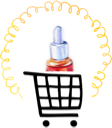We all obsess about spots on the face but Back Acne, or ‘bacne’, as it’s often (unpleasantly!) referred to, is an equally upsetting skin plight that many battle with.
What causes back acne?
Identifying the causes of back acne is the first step to eliminating them. As with facial acne, back spots occur when pores or hair follicles become clogged with dead skin cells and excess sebum.
The causes are much the same as face spots, but body acne can be harder to treat than facial acne. This is because the skin on your back is thicker, has larger pores and is in constant contact with clothing. This can suffocate the skin and spread bacteria.
Common causes of back acne
One possible cause of back acne is the products you are using on both your body and your hair. Any lotions and creams could be blocking your pores – from shower gel to sunscreen. Opt for lighter, non-comedogenic products. And be sure thoroughly wash away any residue from shampoo and conditioner.
Wearing tight, non-breathable clothing is another common cause of back spots. This is a particular problem if you’re doing exercise in these types of clothes. Either way, be sure to shower after sweating underneath your clothes as soon as possible. If it’s after the gym, don’t wait until your home – shower right away and you’ll reduce the chances of pimples forming.
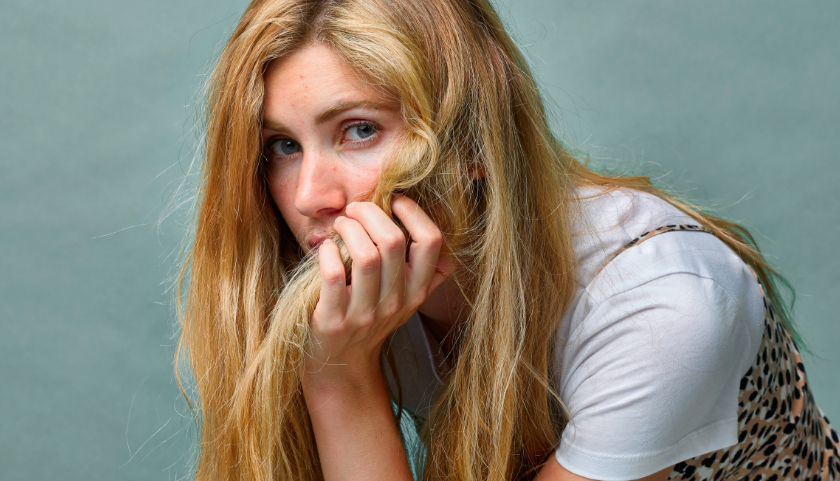
There’s also a chance that your back acne could be diet related. Or it could be linked to stress or a hormone imbalance. High testosterone levels promote acne, as does low oestrogen levels, which explains those pesky pre-period breakouts.
Unfortunately for some, back acne can be genetic – just like facial acne and other skin conditions, it can run in the family. So if your parents battled with back blemishes then you may have inherited the problem. You can still take steps to combat your back acne though – more on this in a bit.
How to get rid of back acne?
There are lots of simple steps that will help see off those pesky pimples before summer arrives, so you can wear those strappy vest tops with confidence!
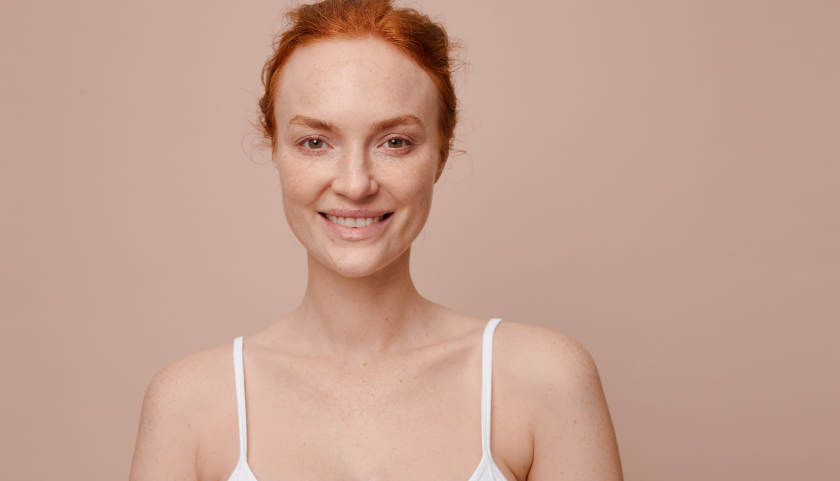
1. Soaps & body wash
Medicated soaps are often suggested but these dry out the skin (causing further oil to be produced) and can also irritate sensitive skin.
We swear by Castille Soap which contains 80% olive oil. This means it is less drying than regular soaps. The soap is best used with a shower pouf, as you then only need a tiny amount of soap to work up a generous gentle lather.
Try adding a drop or two of Tea Tree or Lavender oil directly to the lather before applying to the back.
2. Exfoliation
Exfoliating is also important to slough away dead skin cells, help decongest the pores and promote cell turnover. Exfoliating gloves are ideal and make light work of those hard to reach areas. They’re best used twice a week.
Follow each wash and exfoliation with a pump of Comfrey and Calendula Calming Body Cream and a couple of drops of Rosehip Oil – the latter will help speed up scar healing.
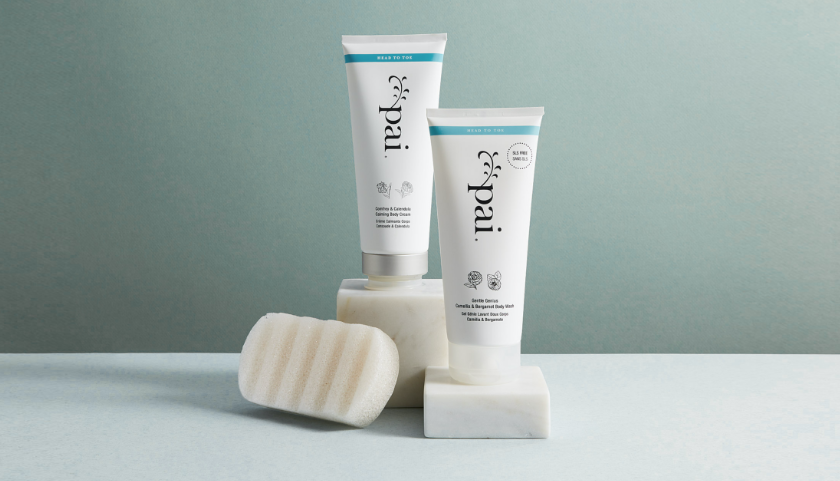
3. Clothing
Clothing can be an important factor in minimising spots. Avoid synthetic or tight-fitting fabrics to minimise sweating – cotton is perfect as it’s soft and breathable. Be sure to regularly wash any clothes which you’ve sweated in, particularly your gym clothes. Just be wary of the detergent you’re using, as some very fragrant ones can cause irritation and inflammation to sensitive skin.
Be careful of wearing a backpack too. This can trap sweat between your skin and your clothes, plus the friction can encourage those pesky pimples.
4. Hair
When washing your hair, be sure to wash away any residue left from your shampoo and conditioner. Aim to keep your hair off your back, as the oils from your hair can contribute to clogging the skin.
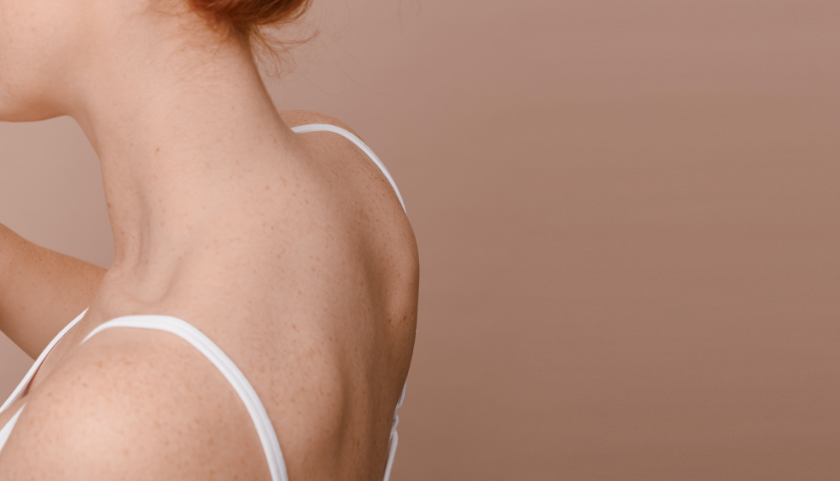
5. Diet
Small changes to your diet can also make a huge difference to your skin health.
We’re forever waxing on about Essential Fatty Acids. Increase your intake of EFAs and reduce your intake of sugar – the former are excellent anti-inflammatories and the latter will stabilise sebum production.
Eat a diet rich in vegetables and fruit too. Apricots and mangoes are brilliant skin foods due to their Vitamin A content. Dandelion tea is also a great skin purifier though it’s not particularly appetising!

